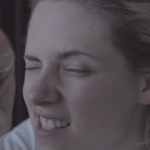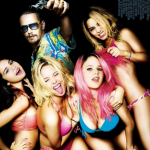
'The Deuce' - Anatomy
All the inspiration behind the new David Simon and George Pelecanos' TV series
November 23rd, 2017
In the ‘70s there was a street in New York, a particular stretch from Forty-second Street at Times Square, nicknamed 'The Deuce', a place frequented by pimps and prostitutes, drug dealers and organized crime.
Today, 'The Deuce' becomes a HBO TV series signed by the creator of 'The Wire' David Simon and his collaborator George Pelecanos, set right in that fragment of NYC.
It is eight episodes that recount the beginnings of the pornography industry and its evolution from the clandestinely sold films, going through the peep show, up to the actual projections.
The protagonists are the characters who populate the street, from the prostitutes to the three black pimps who contend the most attractive girls, from the student tired of her ordinary life to Candy (Maggie Gyllenhaal), an independent prostitute who, to give a better future to her son, enters the emerging market guessing its economic potential.
She is the reference figure of the series, together with twin brothers Vincent and Frankie Martino, both played by James Franco. The first is a bartender with troubled personal life trying to make a living honestly, but ended up giving in to the pressure of city mafia, even for Frankie’s guilt and his debts accumulated as a gambler.
Finally there is sex, a key ingredient of most of the Hbo series, in Simon’s project portrayed with raw realism, far from any morale. No glamour. No stereotyped bodies. No boundaries. In 'The Deuce' sex is represented without shame, and is of all kinds: heterosexual, homosexual, couples, group, nice, ugly, violent, imperfect, functional to describe the mechanisms of power and personality of people.
This choice is certainly one of the strengths of the series, but even more so is the 1970s polaroid with its intriguing and decadent humanity fragment that impresses in viewers, perfect in its rare colors, dialogues, set design, the costumes and the soundtrack, all accurate.
Feel like: Leon Levinstein
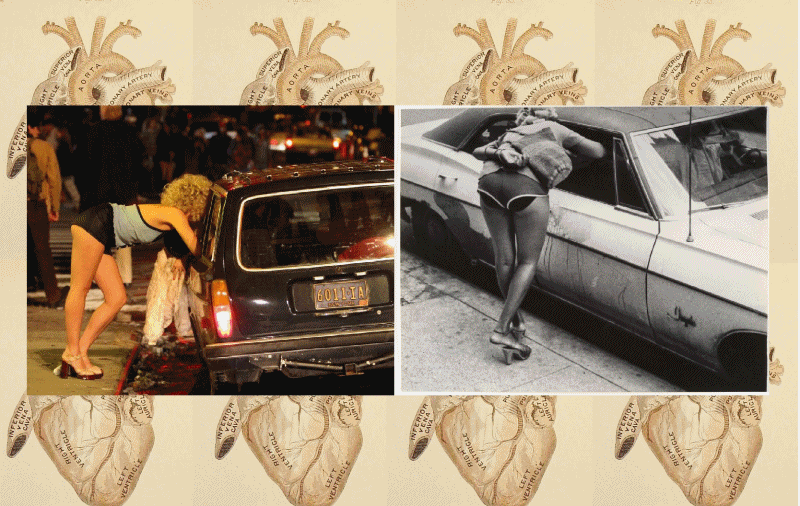
Born in West Virginia, Leon Levinstein moved to New York City in 1946 where he worked as a graphic designer devoting his evenings and weekends to photography.
His territory are the neighborhoods of Times Square and from Lower East Side to Coney Island, his favorite subjects are people on the margins of society such as sex workers or strange-looking individuals, all those who capture his goal with an unusual detail.
Levinstein’s black and white shootings are hungry for the poetry of real life and animated by the anti-horde spirit of the Beat generation, but humanized by unusual compassion.
Although Alexey Brodovitch, Harper’s Bazaar’s artistic director, supported his talent, this street photography master is unknown to the general public.
Dress like: Saint Laurent, Prada

If there is a period of history continuous source of inspiration for fashion, is definitely the decade of the 70s, to the point that from Saint Laurent to Prada, almost every brand has declined in one or more collections the love for that era.
The same enthusiasm shown by Anna Terrazas when he learned that he worked on costumes for 'The Deuce', a series focused on a outcasts NYC in search of emancipation, far from the glamour that accompanies a certain idea of the 70 explored in shows like “Vinyl”.
"It was a very interesting project" - said the woman - "because, for the first time, I got to think more about the characters and the use of the clothes, [a problem] like how the girls will pay for the clothes".
How subtly emphasize the financial difficulties of Candy and the other girls? The tailoring team found the answer: adding on skirts and tops little tears or cigarette burns, in order to give the garments, no more than a handful of pieces each, a more lived in look.
The inspiration to create the wardrobe for each character is the result of an extensive online and in vintage American search, but also of films, especially 'Taxi Driver' and the 1971 movie starring Al Pacino 'The Panic in Needle Park', love story between a prostitute and a heroin addict and their descent into the world of drugs.
For Candy costume designer has created a sort of uniform consists of wigs, skimpy halter top and shorts; while more easily distinguish the pair of Vincent and Frankie twins, both played by James Franco, Anne has focused on leather jackets, strictly black and brown for the first to the second. Another characteristic feature is the footwear that determine a different gait: flat beetle boots for the bartender and Cuban heels for the gambler.
Excess and extravagance, always used with balance and parsimony, are elements reserved to pimps, imagined by Terrazas as “panthers who go out at night wearing the best suit can they put together”.
The greatest source of ideas? It comes from Bob Adelman’s 1972 book 'Gentleman of Leisure: A Year in the Life of a Pimp'.
Think like: “The Other Hollywood. The Uncensored Oral History of the Porn Film Industry” by Legs McNeil and Jennifer Osborne

'The Deuce' tells the debut of the porn movie industry, the same theme as 'The Other Hollywood. The Uncensored Oral History of the Porn Film Industry'.
The book written by Legs McNeil and Jennifer Osborne describes the evolution of the phenomenon from its first steps until the time of the Internet, through hundreds of original interviews, statements taken from newspapers, police reports, testimonies of those who lived through those days in first person.
Within the pages appear filmmakers, industry peers, and stars such as Linda Lovelace, John Holmes and Traci Lords.
However, if you are wondering what text has studied Maggie
Gyllenhaal to get ready to play Candy, then read 'Porno Star' written by adult movie actress Tina Russell.
Sound like: “(Don’t Worry) If There’s a Hell Below We’re All Going to Go” by Curtis Mayfield

"This was an opportunity to call back a lot of the music we loved when we were growing up" - says series co-creator George Pelecanos, specifying - "But it always had to fit the characters."
"There’s a lot of ‘70s nostalgia these days, and the music of the period is very familiar" - adds the show’s music supervisor Blake Leyh - "We made a conscious decision to feature lesser-known tracks to a large degree - although we have some of the more obvious favorites like James Brown and the Velvet Underground when appropriate."
So, many of the songs chosen to compose 'The Deuce' soundtrack are pop, funk or R&B tracks from the classic sound, but nothing mainstream.
If you’re wondering what the hit that introduces every episode of the series, the answer is '(Do not Worry) If Curtis Mayfield's Hell Below We’re All Going to Go' from his 1970 debut album 'Curtis'.
Taste like: Campbell’s potato soup
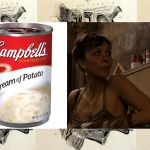
Love like: Maggie Gyllenhaal
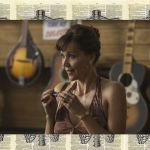
Maggie Gyllenhaal is the real star of 'The Deuce'.
She illuminates every scene, managing to outline a deeply human character, in some ways a feminist.
There’s something in her face, in the way she plays, she moves that can give grace to the crude scenes and movies, from 'Secretary' to the HBO series.
To see the sequence during which her Candy, when a customer refuses to pay for her, launches into a talk about ethics in work.

















































